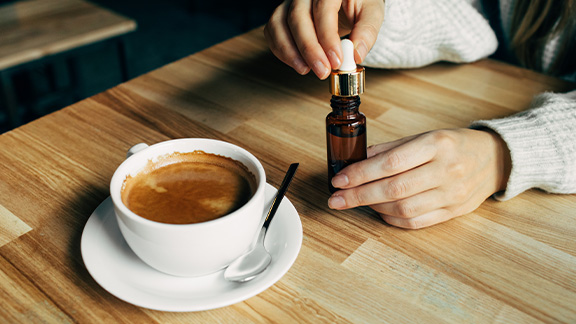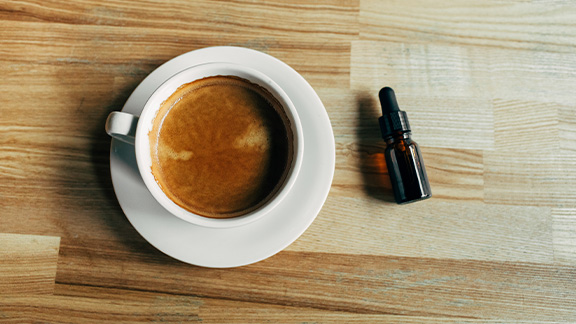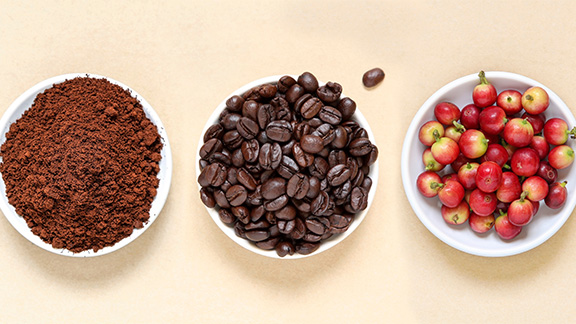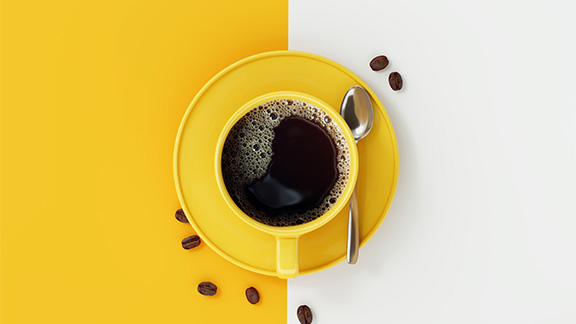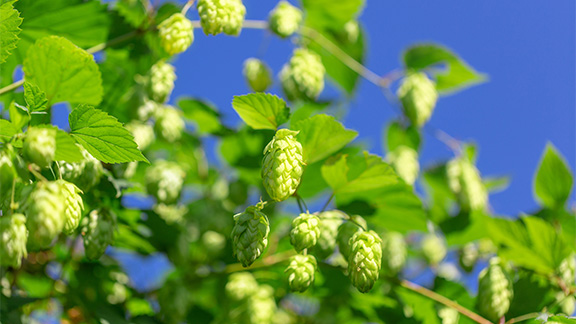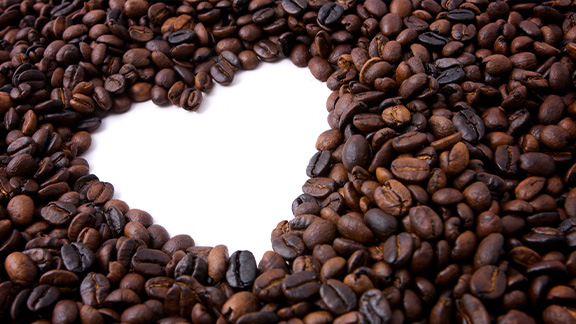Coffee History Since 1700: Beans to Brewed
Posted by Ooo La Lattes on 12th Dec 2023
Updated: 6th of July 2024
Since its introduction to Europe in the 1700s, brewed coffee has become a beloved beverage enjoyed by millions around the world. Throughout its history, coffee has been an integral part of global culture and society, influencing everything from fashion to politics.
This article will explore the history of coffee since 1700, tracing how it spread across the globe and changed over time. From the first coffee house in Venice to modern-day coffee trends like specialty latte art, discover what makes this popular drink so special and why it continues to captivate people today.
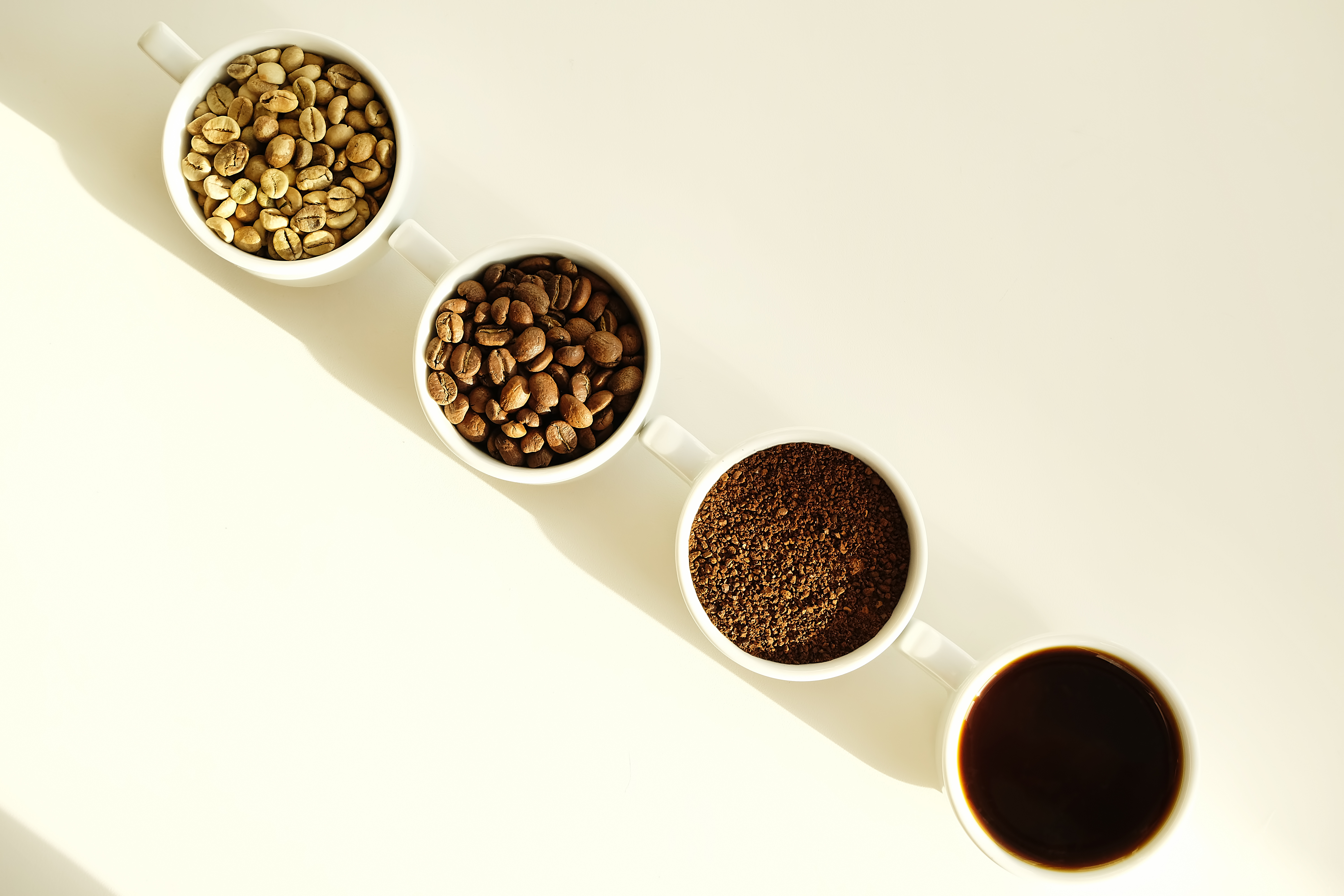
1. Overview of Coffee History Since 1700
Coffee’s history since its discovery can be traced back centuries. The coffee plant first grew in the tropical regions of Ethiopia, and according to ancient legend, it was discovered by a goat herder named Kaldi. He noticed his goats grew increasingly energetic after eating coffee beans from a nearby bush, and he reported this to the local monastery. Monks at the monastery created a beverage by boiling the beans in hot water, which they found energizing and stimulating.
Coffee reached Europe in the 1700s, and the first coffee house opened in Venice in 1683. From there, the popularity of coffee spread throughout Europe, with London becoming well-known for its coffee houses by 1750.
Coffee cultivation began to take place outside of Ethiopia as demand grew. The Dutch East India Company introduced coffee plants to Java in the 17th century, and coffee soon became a global commodity.
Today, coffee is enjoyed around the world, from small family-run cafes to international coffee chains. Coffee's popularity has grown exponentially since it was first introduced to Europe; however, cultivating and processing the beans remains largely unchanged. Coffee plants are still cultivated by hand and the beans are hand-picked before being dried and roasted to perfection.
The coffee plant eventually made its way to other parts of Africa, where it was cultivated as early as the 15th century. It later spread across the Middle East and into Europe during the 16th century.
By the 17th century, coffee had become popular throughout Europe and was being served in coffee houses that were used for socializing and discussing political events. Coffee houses were particularly popular in England and Venice; London alone had over 3,000 coffee houses by 1700.

In North America, coffee made its debut around 1700 when it was brought over from Europe by British colonists. It quickly became an integral part of American culture and society with coffee houses popping up all over the colonies by the 1730s. During this time period, coffee was usually prepared with rum or brandy added to it as an extra flavor boost.
By the 1800s coffee had become an international drink established around the world including in China, Brazil, Guatemala, Costa Rica, and more. The invention of instant coffee further increased its global popularity during this period.
In 1878 German-Austrian merchant Ludwig Roselius developed a method for making soluble coffee by removing caffeine from green coffee beans using benzene—a process known as decaffeination today—which resulted in instant coffees becoming even more ubiquitous throughout Europe during WWII when fresh coffee became difficult to get due to trade restrictions caused by war efforts.
Today, coffee is consumed worldwide for its energizing properties and unique flavors and aromas derived from different brewing methods like espresso, cold brew, or pour-over coffees.
Specialty coffee shops have also been gaining traction in recent years offering unique concoctions such as flavored lattes or specialty bubble teas infused with coffee flavors for those looking for something new to try!
2. Coffee Drinking: The Introduction To Europe and Its Spread Across the Globe
Coffee's introduction to Europe in the 1700s marked a turning point in its history, as it quickly grew into one of the most beloved beverages around the world. From its humble beginnings in Ethiopia to coffee houses popping up throughout Europe, coffee has spread across continents and cultures over time.
Coffee was first introduced to Europe in the early 1700s by an Austrian botanist named Nikolaus Von Jacquin. Von Jacquin had been sent on a mission to the Caribbean island of Martinique by Emperor Franz I to collect plant specimens, and it was there that he discovered coffee trees for the first time. He brought back some coffee beans with him to Vienna, where they were roasted and brewed for the first time.
The coffee beans Von Jacquin brought back were from a species known as Coffea arabica. Arabica coffee is native to Ethiopia and Sudan and was first domesticated in Yemen. From Yemen, coffee cultivation spread to India, Indonesia, and other parts of Asia. In the 1500s, beans were introduced to the Caribbean and South America.
From the Caribbean, coffee spread to Europe, where it quickly became popular. Coffee houses sprang up throughout Europe in cities like London, Amsterdam, Vienna, and Paris. By 1700, there were over 300 coffee houses occupying London alone. The popularity of coffee continued to grow until it had become a regular part of everyday life for millions of people around the world.

Today, coffee is one of the most widely-consumed beverages on earth. It is grown in more than 50 countries around the globe and consumed by billions of people each day. While Arabica remains the most popular variety of beans used for brewing coffee today, other species such as Robusta are also cultivated for use in different blends. Coffee has come a long way since its discovery over 300 years ago, and it shows no signs of slowing down anytime soon.
By the 16th century, coffee had become popular among Sufis in Yemen who used it for stimulating discussions during religious gatherings. Coffee was also consumed in Cairo by this time as well. As news about this energizing new drink spread throughout the region, merchants began transporting coffee to other parts of Africa and the Middle East.
During this period, coffee was still largely consumed as a beverage only in Islamic countries until it eventually made its way to Venice in 1683. Coffee quickly became popular throughout Europe and by 1700, London alone had over 3,000 coffee houses.
Coffee eventually made its way to the Americas where it was brought by British colonists in 1700. It quickly gained traction and coffee shops began popping up all around the colonies by the 1730s. By the 1800s coffee had become an international drink established around the world including in China, Brazil, Guatemala, Costa Rica, and more. The invention of instant coffee during this period further increased its global popularity.
As it gained popularity, coffee made its way from Venice to North America and eventually all over the globe, with new brewing methods like espresso being invented along the way. Today, specialty coffee shops are becoming increasingly popular for those looking for unique flavors or energizing effects that can't be found elsewhere.
3. The Birth of Coffee Houses and Its Role In Global Culture
Coffee houses have been an important part of global culture since they were first introduced in Europe in the late 17th century. Before coffee was available on a commercial level, it had to be brewed fresh at home or at monasteries. However, the popularity of the coffee house meant that it could now be served in a public setting and made accessible to those who couldn't brew it themselves.
In Europe, coffee houses became popular gathering places for intellectuals and artists who would spend hours discussing philosophy, politics, literature, and art over cups of hot coffee. These conversations played an important role in inspiring new ideas and ways of thinking that shaped European culture as we know it today.
Coffee houses also flourished during the Age of Enlightenment due to their reputation as places for open discussion and debate about political issues without fear of censorship or persecution from authorities.
In North America, coffee houses had a slightly different role; they became popular gathering spots for revolutionaries during the American Revolution due to their exclusion from traditional public spaces like taverns. Here they could strategize openly without fear of prying eyes or ears, helping to fuel the revolutionary spirit among colonialists fighting against British rule.
Famous events such as the Boston Tea Party were also planned out at coffee houses, making them an important part of American history.
Today, many countries still have vibrant coffee cultures where citizens can connect over a cup and enjoy the ritualistic aspects of taking a break to chat with friends or colleagues.
Coffee houses have become part of the local landscape, with a coffee shop on every corner. Indeed, it is hard to think of many areas around the world that don't take advantage of this beloved beverage and its history.
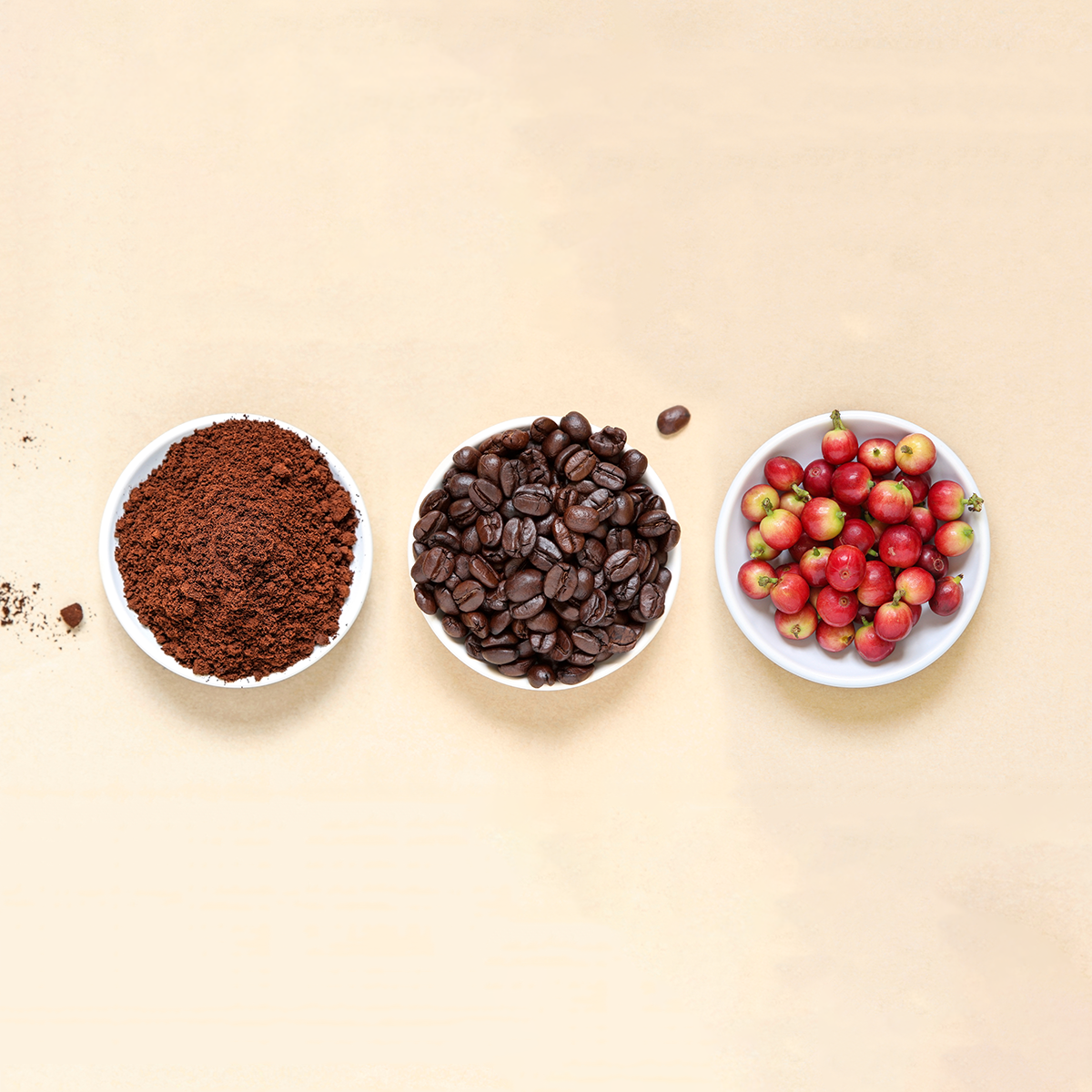
By understanding more about the history of coffee and how it has impacted global culture over time, we can appreciate why it has remained so popular today. From its humble beginnings in Ethiopia to its modern-day ubiquity, coffee's influence is unparalleled.
Throughout history, coffee houses have been integral parts of global culture by providing an environment conducive to deep conversation and debate between individuals with different backgrounds and beliefs. It is no wonder why this beloved beverage continues to evoke strong feelings today; after all, its roots run deep in our collective histories!
4. Specialty Coffee Trends, Such As Latte Art, That Have Emerged Over Time
In recent years, coffee drinkers have been increasingly exploring the world of specialty coffee drinks and experimenting with different brewing techniques.
This trend has led to the emergence of a host of new flavors and tastes that can now be found in coffee shops all over the world.
Cold brew coffees are also becoming more popular, especially in the summer months. This method uses cold water instead of hot to extract the flavor from ground beans, creating a smooth and flavorful cup without any bitterness or acidity associated with traditional brewing methods.
Nitro coffee is another specialty trend that has gained traction in recent years; this type of brew is infused with nitrogen gas, giving it a creamy texture and irresistible flavor not found in traditional coffees.
All these trends demonstrate how creative people can get with crafting the perfect cup of joe, showing that specialty coffee flavors are here to stay!
Another popular trend to emerge in this area is latte art – the practice of creating aesthetically pleasing designs on top of a cup of espresso or latte using milk foam. This phenomenon has become so popular that it has spawned countless competitions, including the World Latte Art Championship which began in 1998.
Latte art usually involves pouring steamed milk into espresso shots to create intricate designs such as hearts, flowers, or animals. The technique requires a certain level of skill and precision when controlling the flow rate and speed of pouring to ensure that the design is symmetrical, but it isn’t just about looks– it can also affect flavor. By aerating milk with steam and carefully manipulating it with a spoon, baristas are able to bring out certain flavors in the coffee while retaining its natural sweetness.
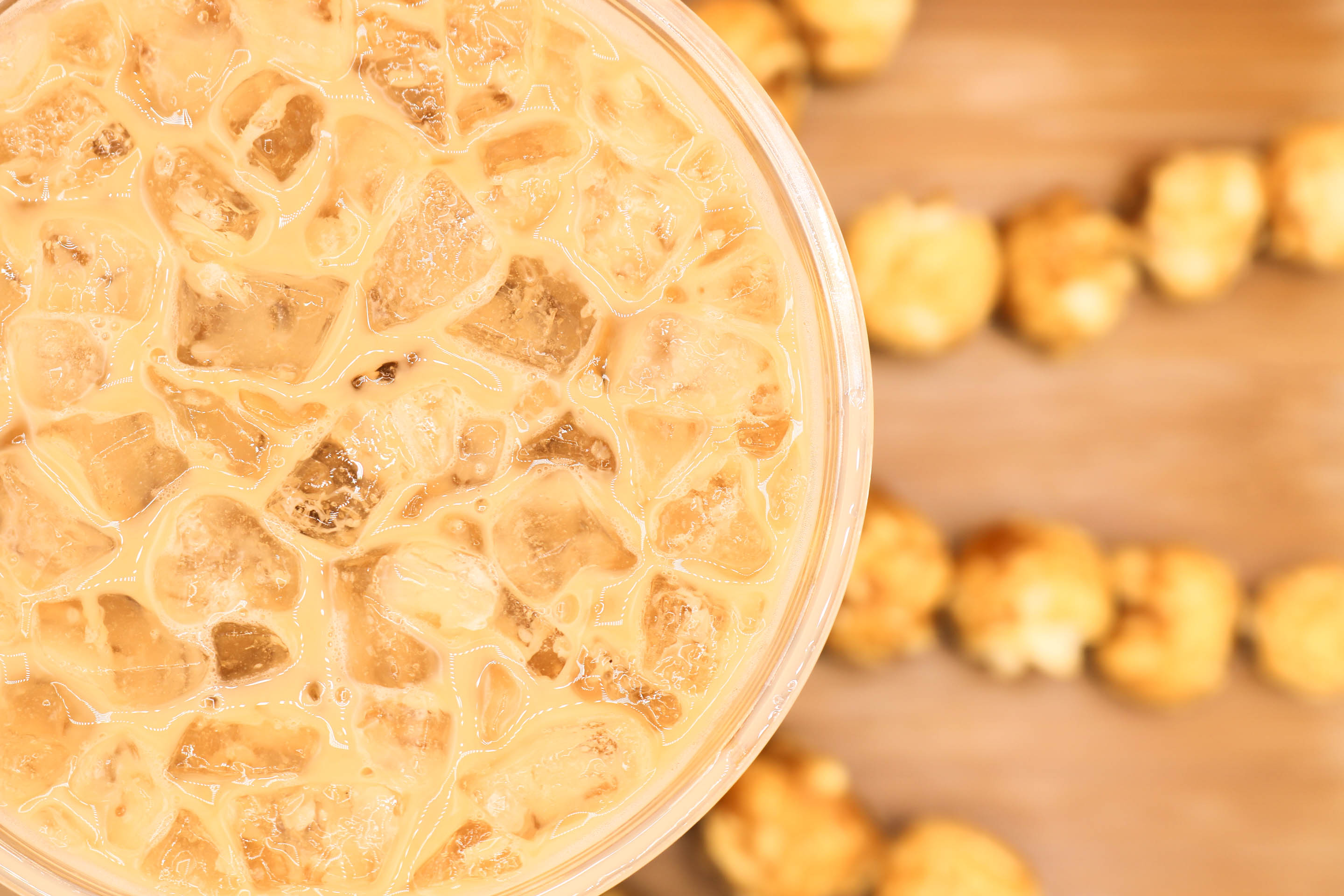
The rise of latte art has coincided with the growth in popularity of specialty coffee shops all over the world, where customers can sample unique flavors from around the globe and buy freshly roasted beans from local roasters.
While lattes may be one of the most popular ways to enjoy coffee today, other brewing methods like pour-over coffees, cold brews, and French presses also offer unique flavors for those looking for something different.
Overall, specialty coffee trends have opened up an exciting new realm for coffee drinkers looking for something more than just a cup of joe – both in terms of aesthetics and taste! With so many options available today, there's something to suit every palate – from traditional espresso drinks to classic filter coffees or even inventive bubble teas infused with coffee flavors. All can be enjoyed while learning more about history and culture through the ritual of drinking coffee.
5. Impact of Coffee Beans On Politics and Society Throughout History
The impact of coffee on politics and society throughout history is undeniable, with coffee playing a major role in cultural, religious, and political events around the world.
As one of the world’s most popular beverages, coffee has been used as both a social lubricant to bring people together and a tool for mobilizing large groups of people toward a common cause. The influence of coffee has been particularly evident during times of unrest when it has become a rallying point for those seeking change.
One example of this phenomenon can be seen in Europe during the Age of Enlightenment where coffee houses were places to freely engage in discussions about philosophy, politics, and art.
These coffee houses became hubs for intellectuals, writers, and dissidents to meet up and discuss their ideas without fear of censorship or persecution from authorities. This is credited with inspiring many revolutionary ideas which later helped lead to the French Revolution and other social changes across Europe.
The influence of coffee has also been seen in more recent times, with the popularity of coffeehouses being used as a platform for political activism. From the 1989 Tiananmen Square protests to the 2011 Arab Spring uprisings, many activists have gathered together in coffee houses to discuss their grievances and formulate plans for change. Not only does this demonstrate the power of coffee to bring people together, but it also shows how this popular beverage has shaped the course of history.
Coffee’s influence on politics and society is likely to continue for many years to come as more countries become increasingly reliant on coffee production and consumption. Whether used as a social lubricant or a tool for political activism, coffee is sure to remain a major player in the global political and cultural landscape.
In America too, coffee houses were hotbeds for revolutionary activity during the American Revolution when they became popular gathering spots for revolutionaries who were excluded from traditional public spaces such as taverns. Here they could come together openly without fear of prying eyes or ears to strategize about ways to oppose British rule and drive forward the cause of independence.
While many factors eventually led to the colonies' victory against Britain in 1783, historians credit these early gatherings at coffee houses with stirring up revolutionary sentiment among colonists prior to the war's official start in 1775.
Outside the realm of politics, coffee also played an important role in shaping European culture during this period as well as beyond it; indeed, it was not uncommon for philosophers, artists and other intellectuals to gather around cups of steaming hot java while engaging in deep philosophical conversations that often challenged existing norms or sparked new innovative ideas that shaped how we think today.
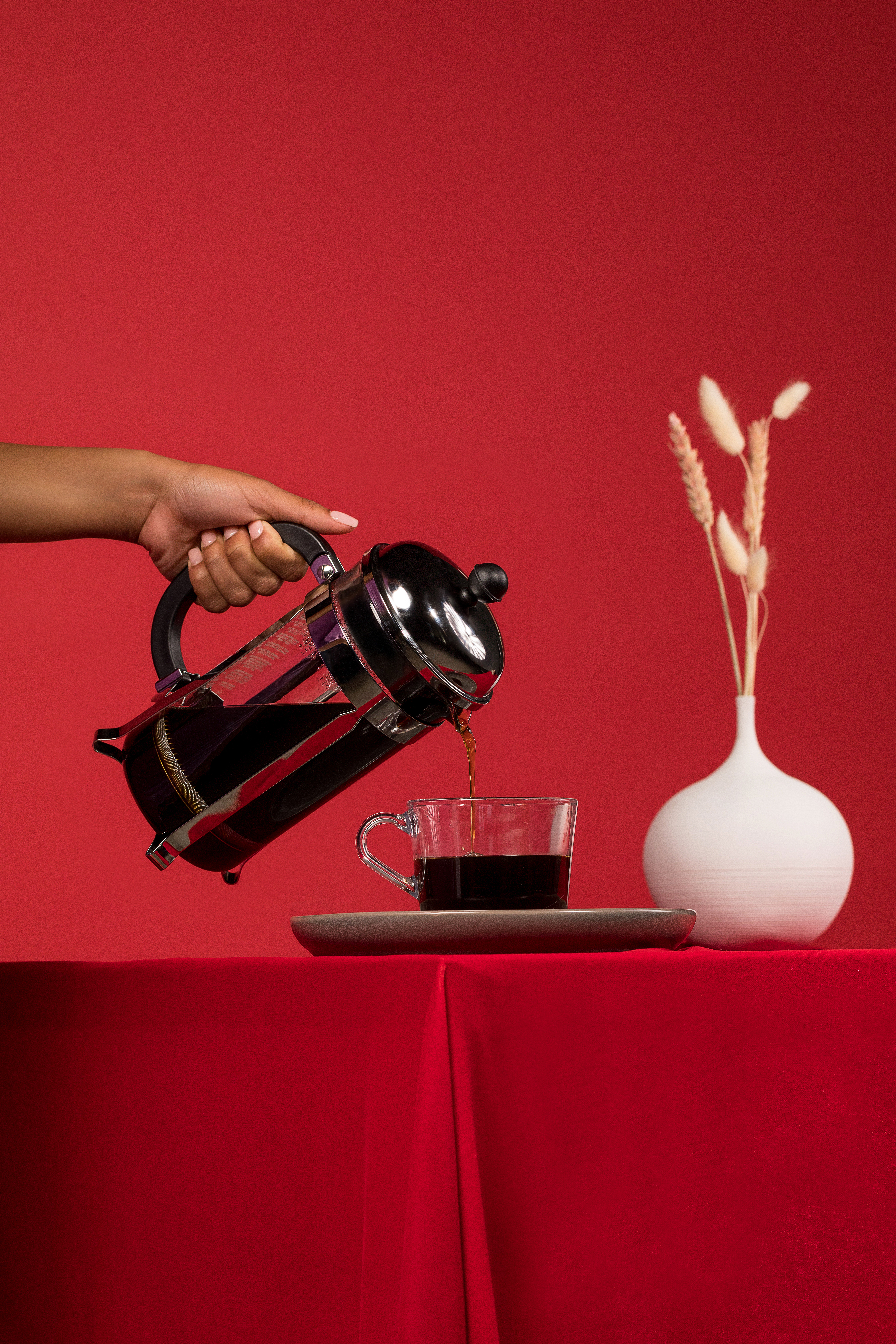
All in all, it is clear that coffee played an integral part in political movements throughout history by providing safe havens where individuals could come together without fear of oppression or censorship – thereby paving the way for much-needed progress and advancements within society globally! Whether it was inspiring revolutions during historic times or simply providing an environment conducive to deep intellectual dialogue within our own era – its impact on our collective histories remains unparalleled!
6. How Modern-Day Coffee Drinking Has Evolved From Past Centuries
Modern-day coffee consumption has come a long way from its humble beginnings centuries ago. Originally, drinking coffee was seen as an exotic practice, only consumed by the wealthy and elite in select parts of the world. However, over time it has become a global phenomenon that is consumed and enjoyed by people from all walks of life regardless of their class or geographical location.
One significant change in modern-day drinking habits is the variety of options available to consumers. Whereas historically people were limited to drinking black coffee or espresso shots, these days there are lattes, cappuccinos, mochas, macchiatos, cold brews, French presses and so much more.
Such variations have opened up an exciting new realm for coffee drinkers looking for something more than just a cup of joe – both in terms of aesthetics and taste! With so many options available today, there's something to suit every palate – from traditional espresso drinks to classic filter coffees or even inventive bubble teas infused with coffee flavors.
Another major shift has been in terms of how it’s produced and served. In past centuries all coffee was ground manually using a mortar and pestle, which made it a laborious process that took some time. These days however we have advanced machines that grind coffee beans automatically with greater precision and speed – enabling baristas to prepare multiple cups in much less time than before!
In addition to this technological improvement, we also now see a number of cafes offering specialty drinks such as pour-over coffees or nitro coffees on tap which provide an entirely unique drinking experience compared to traditional hot brews.
Finally, there has also been a surge in popularity when it comes to drinking experiences outside the home; according to research done by The NPD Group Inc., visits to quick service restaurants (QSRs) for specialty coffees grew 12% year over year from 2017-2018 with no signs of slowing down anytime soon!
This indicates that not only has drinking coffee become easier but also more fashionable than ever before; nowadays it’s not uncommon for people to visit sophisticated cafes for social occasions such as dates or business meetings with co-workers rather than simply drinking at home like they did centuries ago.
All these changes point towards one conclusion: drinking coffee is no longer just about satisfying our thirst but rather an experience that can be enjoyed on many levels whether it’s savoring the aroma while sipping our favorite blend or relaxing with friends in a cozy cafe environment – modern-day drinking habits have allowed us to reinterpret this age-old tradition into something completely new!
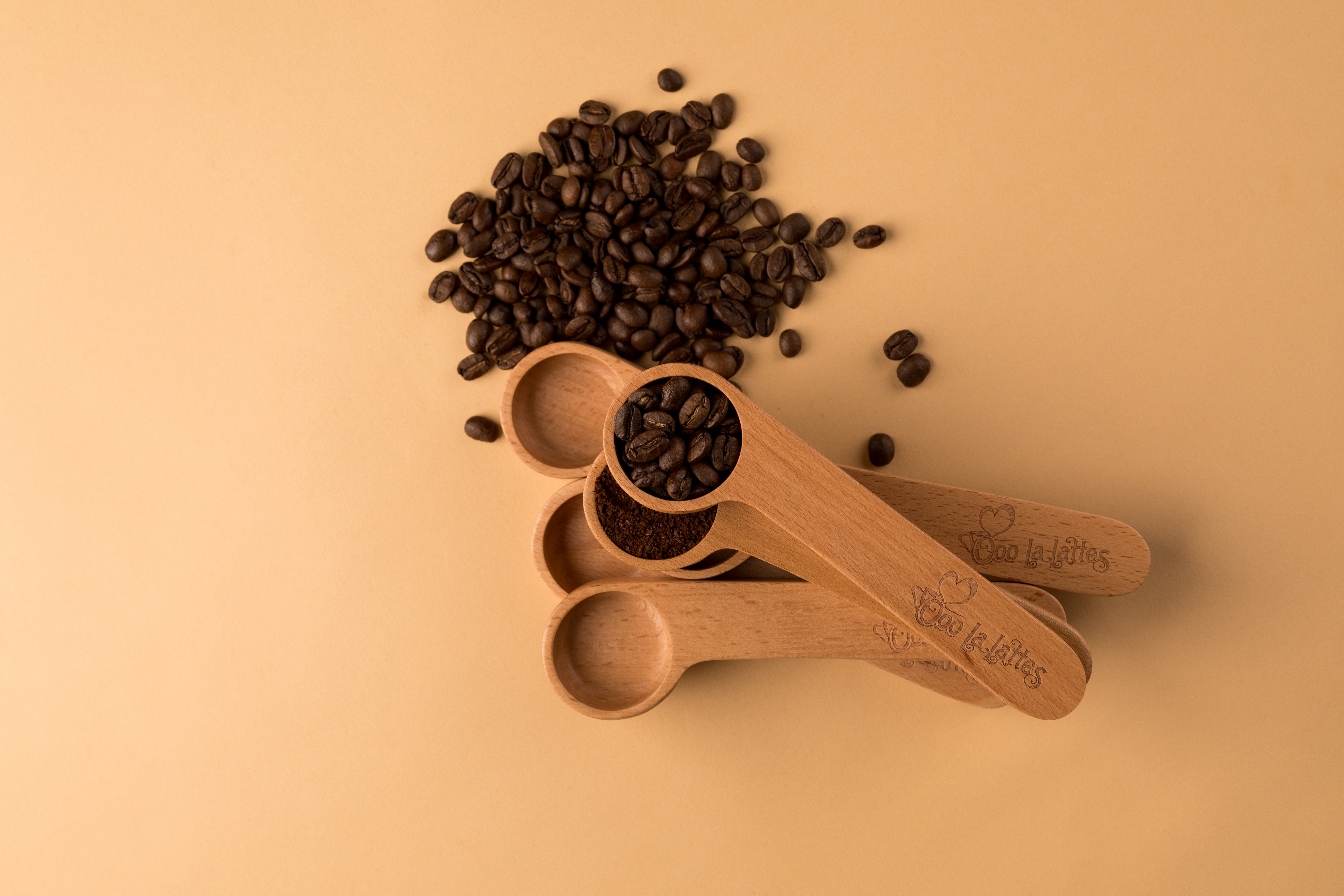
7. Why Coffee Cultivation Continues To Captivate People Today
Coffee continues to captivate people today for many reasons, ranging from its unique flavor profiles and the ritual of preparing it to its versatility in providing a host of different styles and brewing methods.
On top of this, coffee has become an integral part of modern-day life – from being an essential morning pick-me-up to providing a much-needed break during stressful periods or simply acting as a social lubricant for stimulating conversation.
As far as flavor goes, coffee allows us to explore a multitude of nuanced notes depending on the type of bean used, roast profile, and brewing method. From light fruity flavors in African coffees to bolder more chocolatey notes in Central American ones – there’s something to suit every palette.
In addition, coffee also presents many opportunities for experimentation when it comes to different brewing methods; whether you prefer aero-pressed espresso shots with intense crema or smooth cold brews that can be enjoyed over ice - it’s all about finding what works best for you!
On top of these sensory qualities, drinking coffee also provides us with an opportunity for mindfulness; taking time out from our busy schedules to appreciate the entire process from grinding the beans and measuring them out precisely for our desired strength – all the way up to creating that perfect latte art design!
It’s clear that preparing and drinking coffee can often act as an escape from reality rather than just another everyday chore we need to complete before moving on to our next task.
Furthermore, by providing a delicious source of caffeine that is easily available almost anywhere around the world – coffee has become an indispensable tool when it comes to productivity and creativity alike. Whether you’re looking for a quick pick me up during those early morning hours or simply want something comforting during periods of stress – coffee is there as both a companion and fuel source.
Moreover, research indicates that moderate amounts of caffeine can even help improve short-term memory recall which makes it invaluable if you’re studying or working on any kind of project requiring concentration!
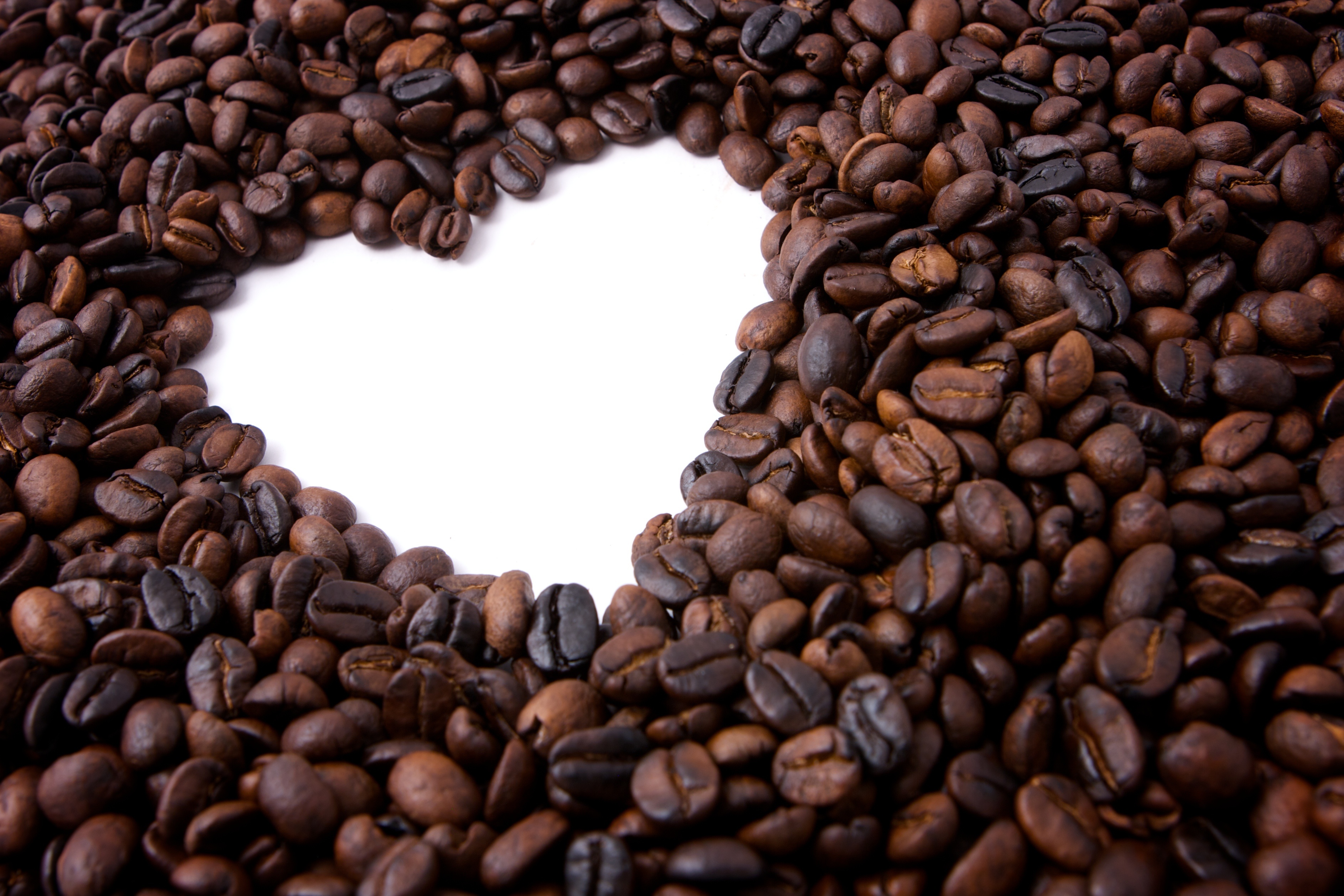
Finally, coffee has evolved into much more than just a beverage over the years because it serves as an anchor point for social interactions too; bringing together friends who haven’t seen each other in ages or giving colleagues across departments an opportunity to bond outside their regular work environment – whatever way you choose, coffee acts as a common denominator between people regardless of their backgrounds.
All these reasons combined explain why coffee continues to captivate people today; not only does each sip tantalize our taste buds but also offers us significant psychological benefits too!
Whether you prefer sipping your favorite blend alone at home or catching up with friends over cappuccinos at your local café – one thing remains certain: Coffee will always remain relevant in our lives no matter what!
Conclusion
From its unique flavor profiles to the ritual of brewing it – coffee provides us with more than just a hot beverage but an opportunity for relaxation, mindfulness, and stimulating conversation.
It is clear that coffee has come a long way since its discovery in the 1700s. From being cultivated across Africa, Asia, South America, and other regions, to now becoming part of everyday life for many people around the world - it's easy to understand why specialty coffee flavors continue to captivate us today. With its history of invigorating flavor profiles, the ritual of preparation, and the ability to offer a host of different styles and brewing methods - there's something for every palate. Not only does each sip tantalize our taste buds but also provides significant psychological benefits too. Whether you prefer sipping your favorite blend solo at home or catching up with friends over cappuccinos in the local café - coffee is here to stay.
In short, coffee is more than just a beverage – it’s an experience that brings together history, culture, and all sorts of people from around the world. So, why not take some time out of your day to appreciate this incredible drink?
Furthermore, moderate amounts of caffeine can even help improve memory recall making it invaluable when you’re working on projects requiring concentration. Finally, let’s not forget that coffee also serves as a social lubricant (especially in today’s digital world) as many people use it as an anchor point to connect with each other over delicious cups of joe! All these reasons combined explain why coffee continues to captivate people all around the globe.
As such, no matter our individual preferences, we can all agree that coffee will always remain relevant in our lives no matter what!
Related Articles
9 Reasons Why (the Right Amount of) Coffee is Good For You
Coffee and Antioxidants: What You Need To Know About the Benefits
What Are the Benefits of Mixing Coffee and CBD Together in the Morning?
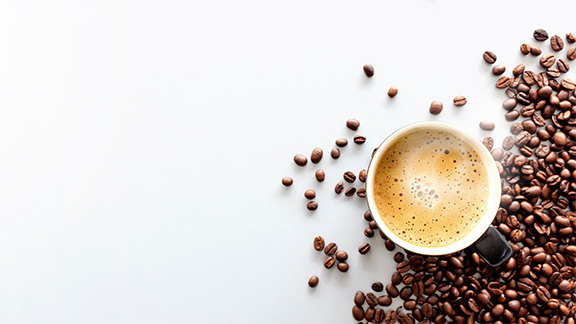
9 Reasons Why Organic Coffee Is Healthier For You
